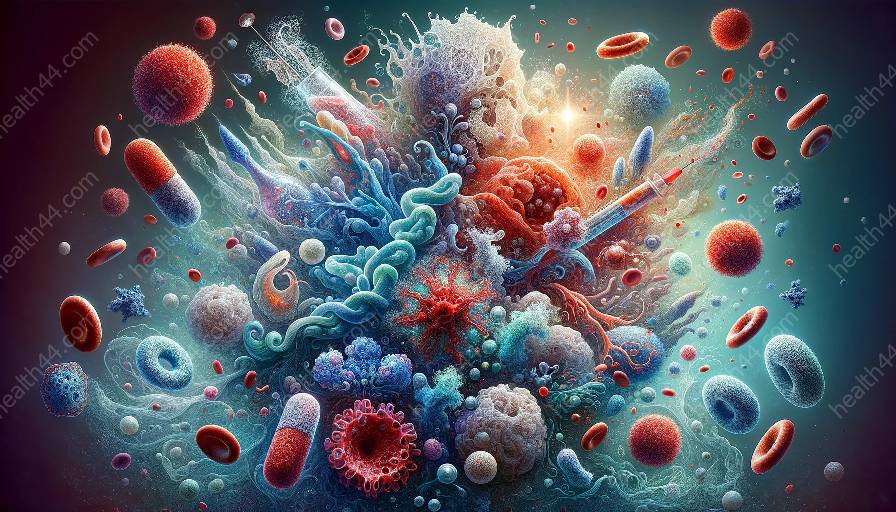The major histocompatibility complex (MHC) and T cell receptor diversity play essential roles in the immune system. Understanding these concepts is crucial for comprehending the complexities of immune recognition and response.
Major Histocompatibility Complex (MHC)
The MHC, also known as the human leukocyte antigen (HLA) complex in humans, is a group of genes that code for cell surface proteins essential for the acquired immune system's proper functioning. MHC molecules present antigens to T cells, which triggers an immune response. There are two major classes of MHC molecules: class I and class II.
Class I MHC Molecules
Class I MHC molecules are found on the surface of all nucleated cells in the body. They are responsible for presenting endogenous antigens, such as viral or tumor antigens, to CD8+ cytotoxic T cells. This interaction plays a vital role in the elimination of infected or abnormal cells.
Class II MHC Molecules
Class II MHC molecules are primarily expressed on antigen-presenting cells (APCs), including dendritic cells, macrophages, and B cells. They present exogenous antigens, such as those derived from pathogens, to CD4+ helper T cells. This interaction is crucial for activating the immune response and facilitating communication between different immune cells.
T Cell Receptor Diversity
T cell receptors (TCRs) are protein complexes found on the surface of T cells, and they play a central role in the adaptive immune response by recognizing antigen fragments presented by MHC molecules. TCR diversity is essential for the immune system's ability to detect a wide range of antigens.
Alpha and Beta Chains
TCRs consist of alpha and beta chains, and the diversity of TCRs is generated through genetic rearrangements of gene segments during T cell development. The combinatorial diversity created by the rearrangement of gene segments enables T cells to recognize a vast array of antigens.
Antigen Recognition
When a TCR binds to a specific antigen-MHC complex, it triggers a series of intracellular signaling events that activate the T cell and initiate an immune response tailored to the encountered antigen. This process forms the basis of antigen-specific T cell responses.
Significance in Immunology
The intricate interplay between the MHC and T cell receptor diversity is fundamental to the immune system's ability to recognize and respond to a diverse array of pathogens and abnormal cells. Understanding their roles is critical for advancing immunological research, vaccine development, and therapeutic interventions.
Conclusion
Major histocompatibility complex (MHC) and T cell receptor diversity are essential components of the immune system, orchestrating the recognition and response to a wide range of antigens. Their complexities underscore the remarkable adaptability and specificity of the immune system, shaping our understanding of immunology and its implications for human health.


